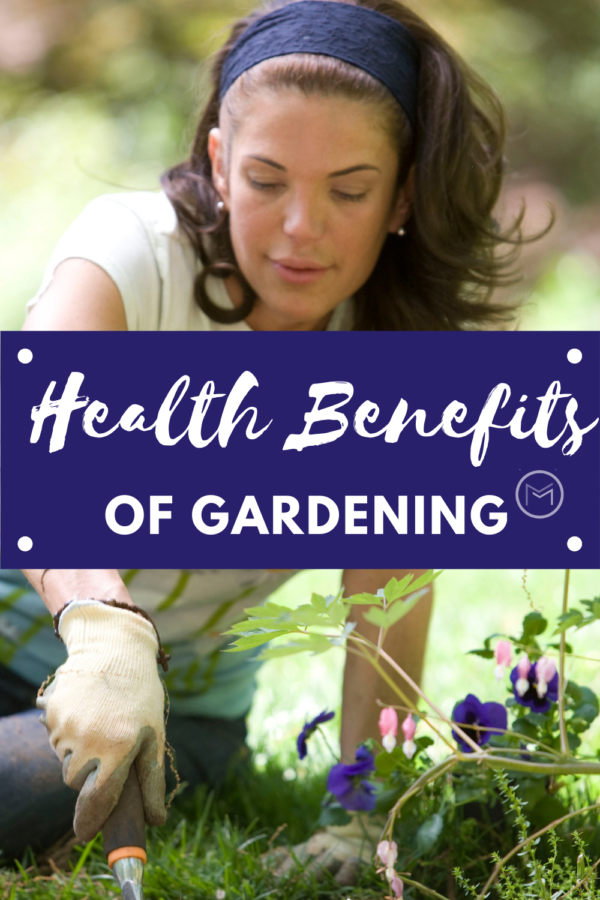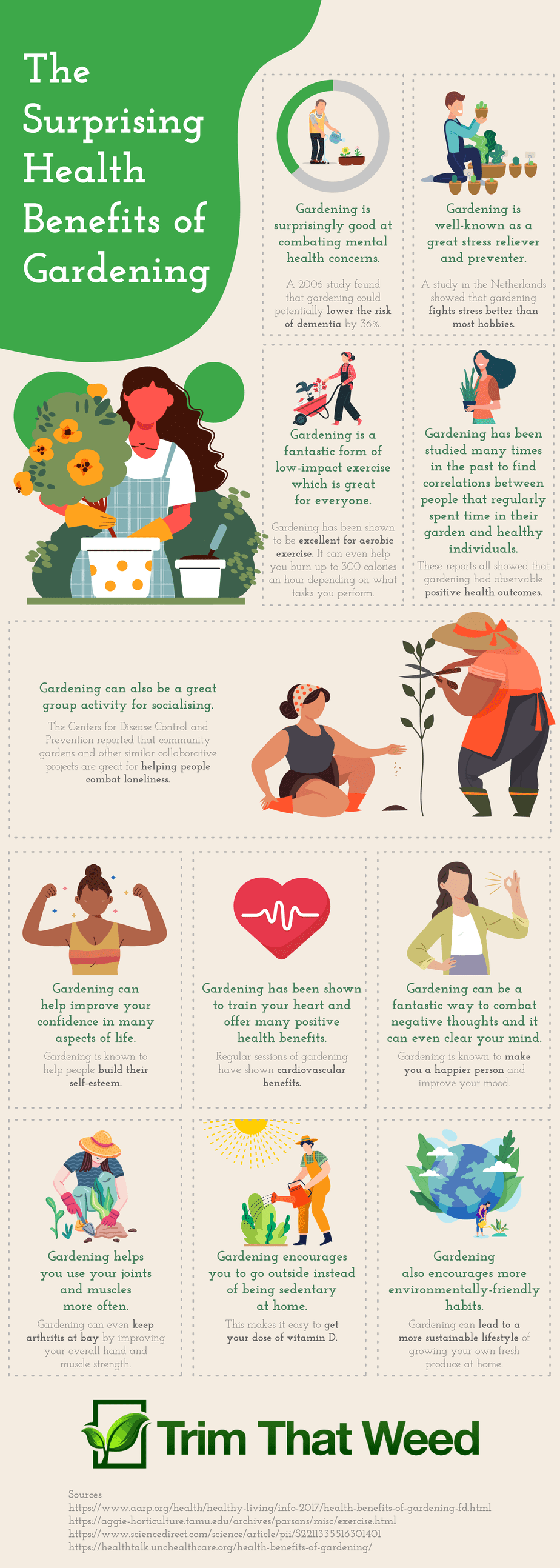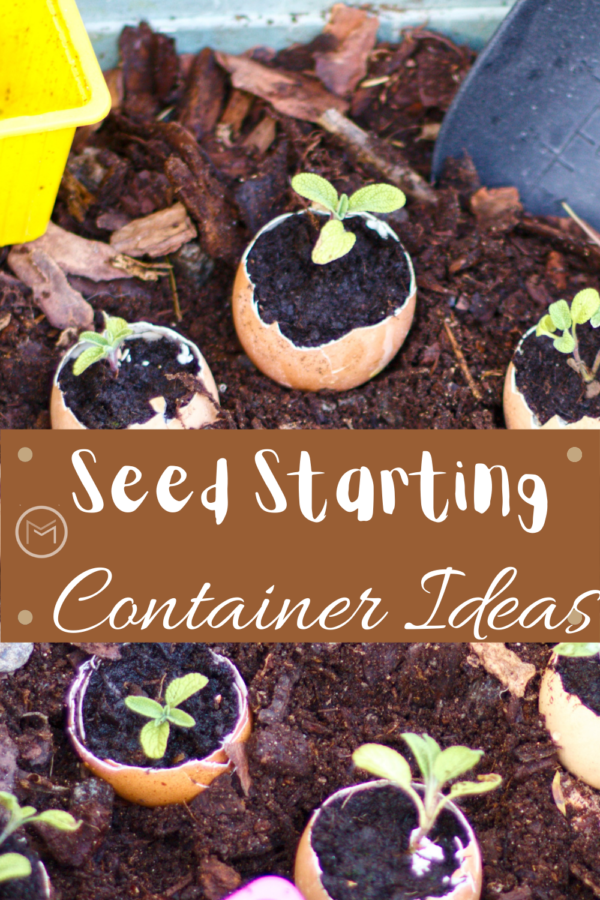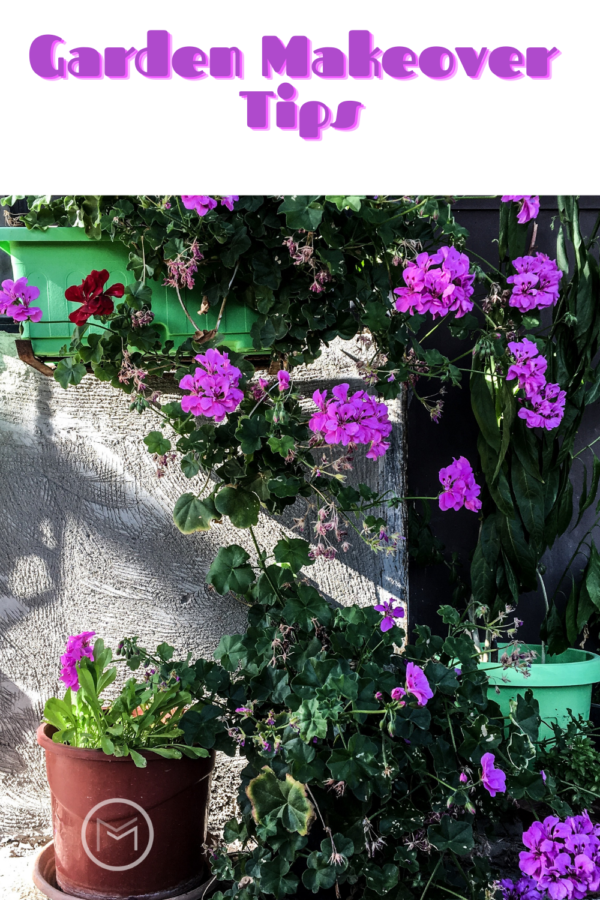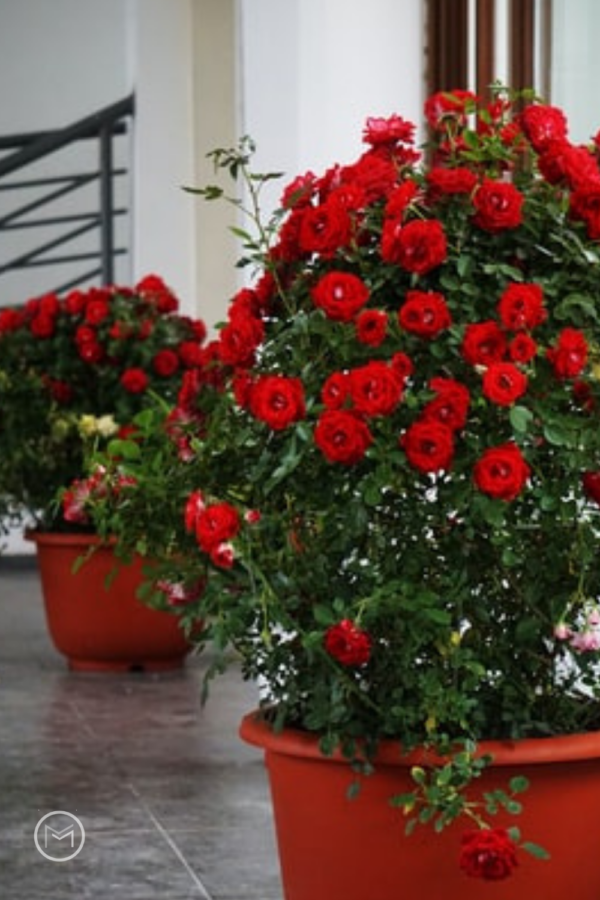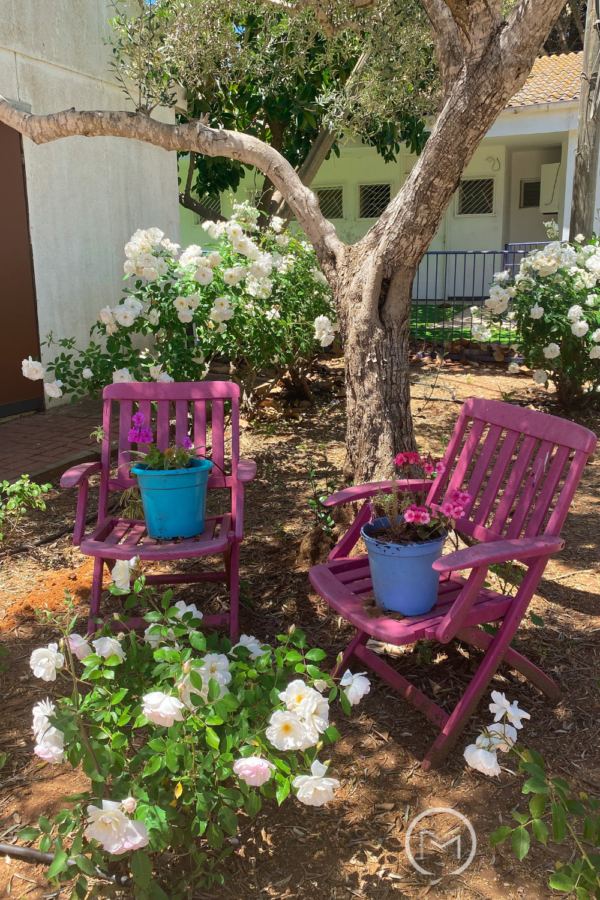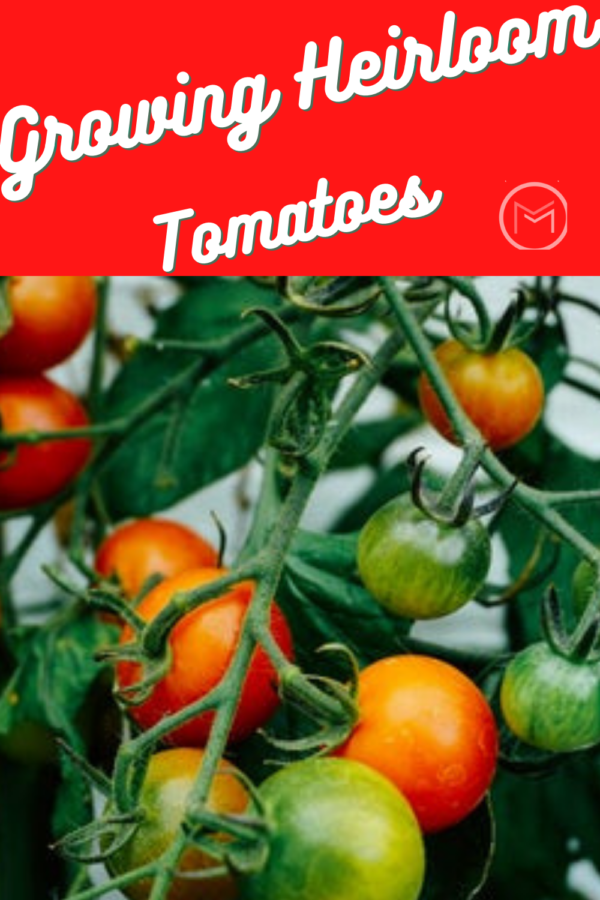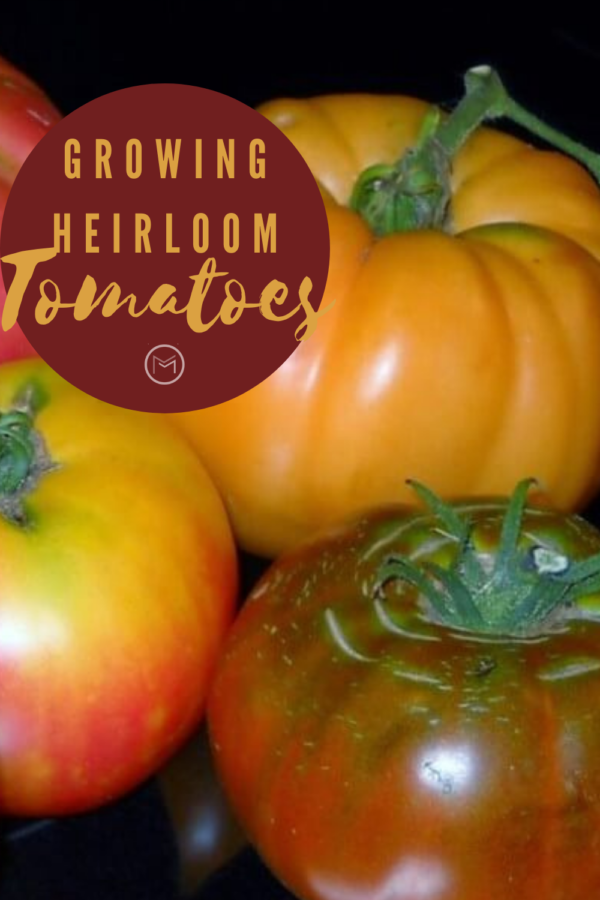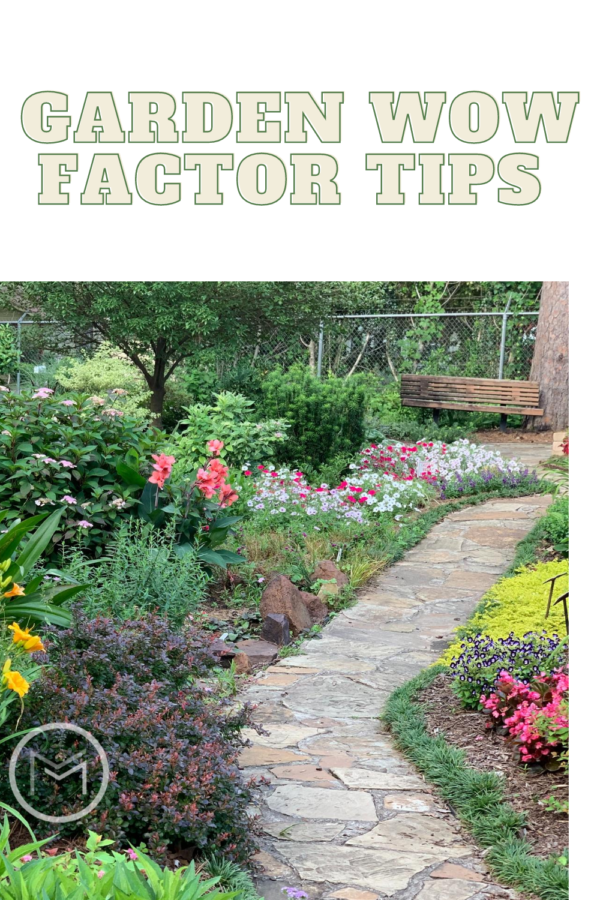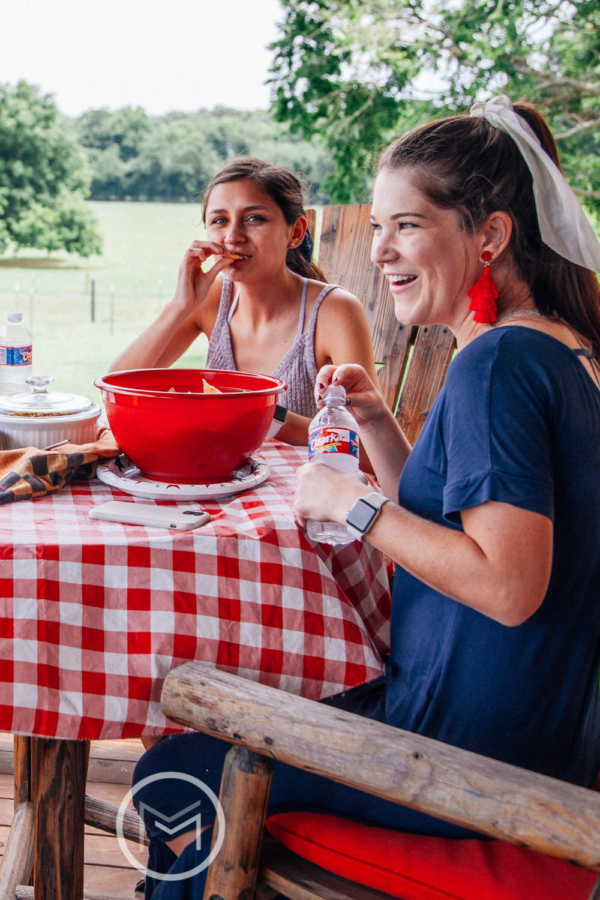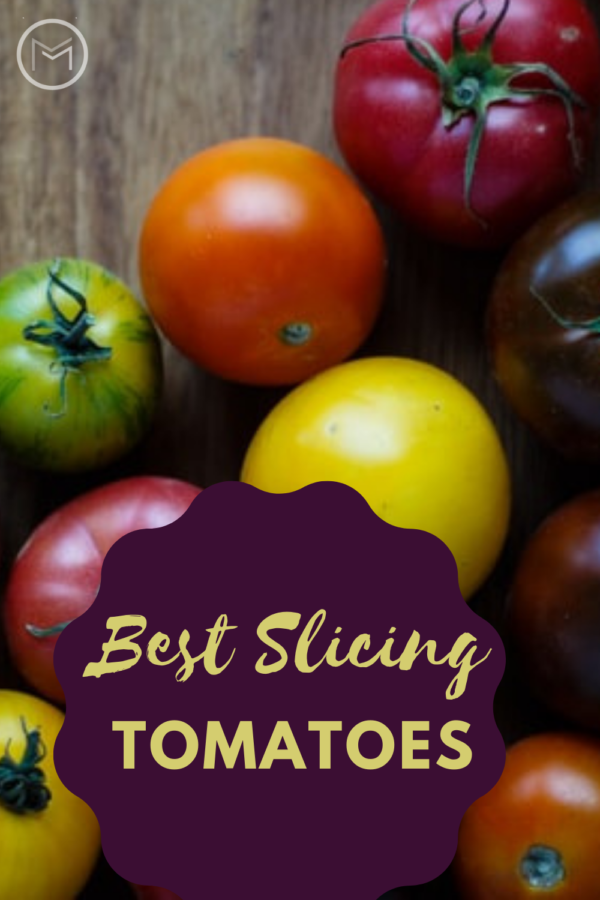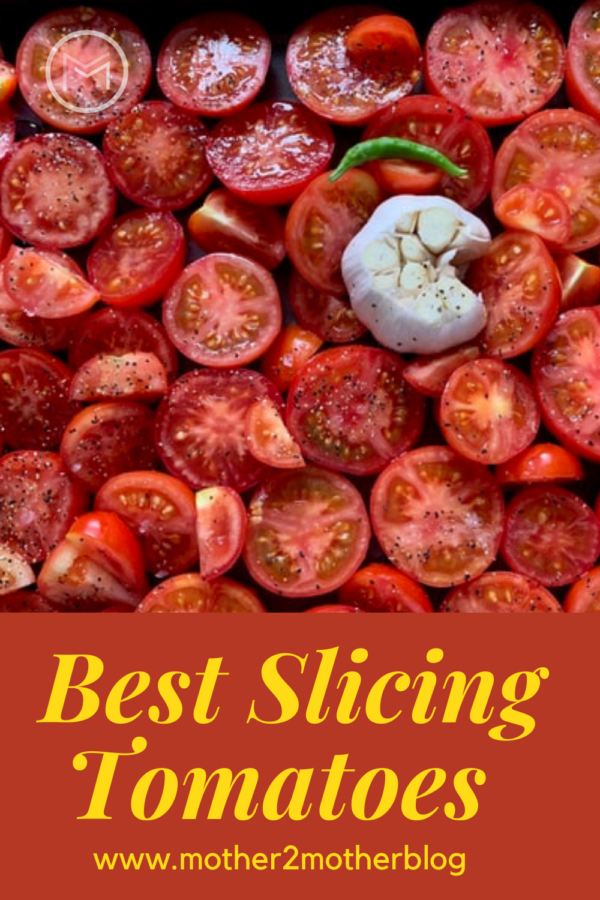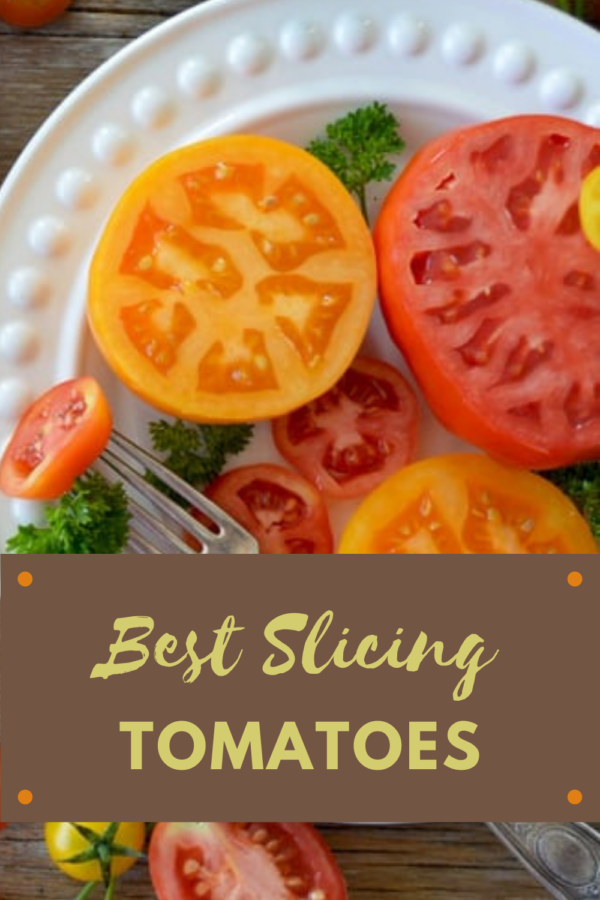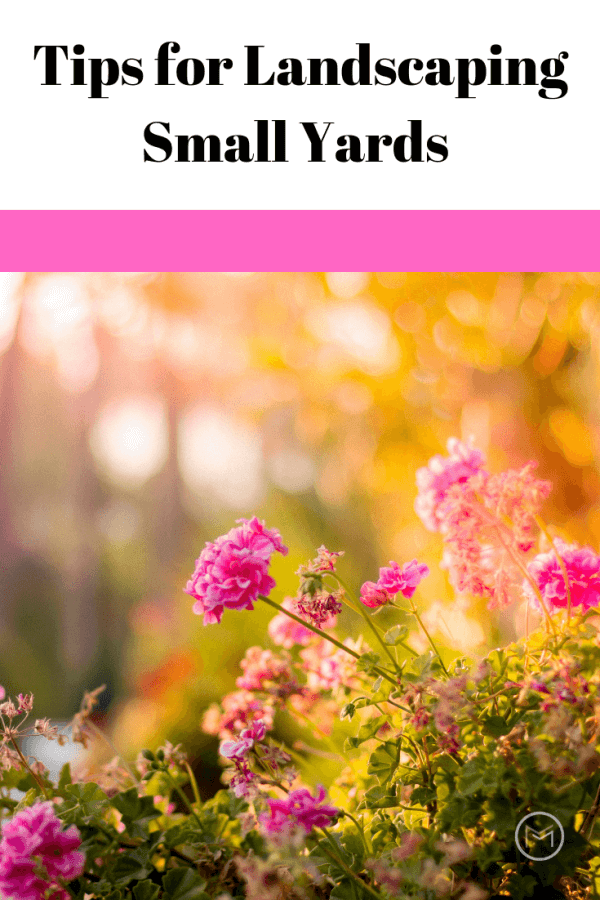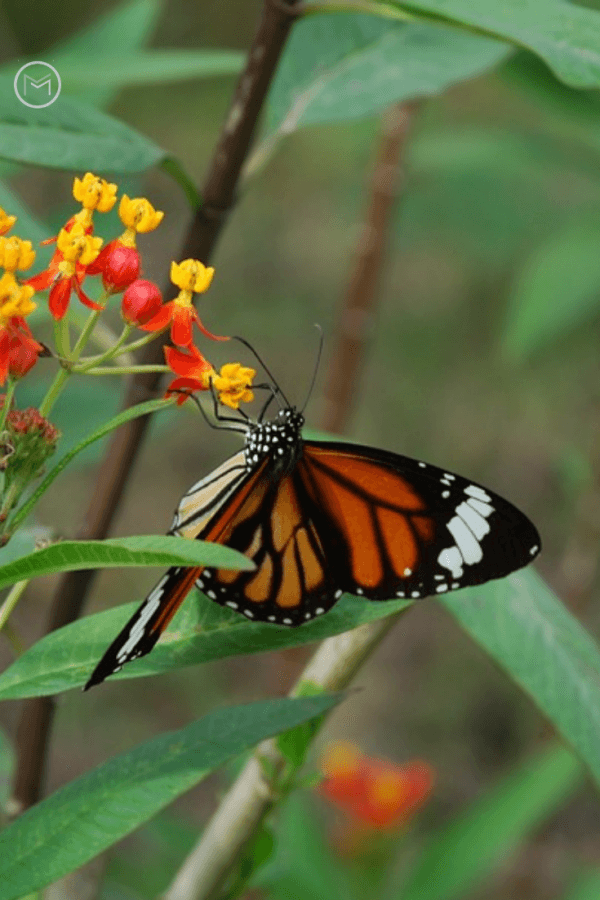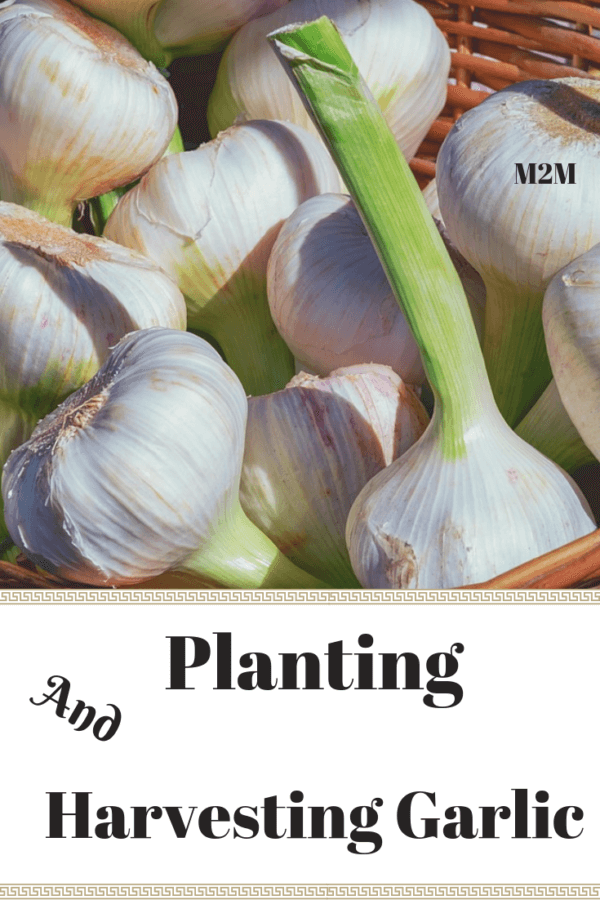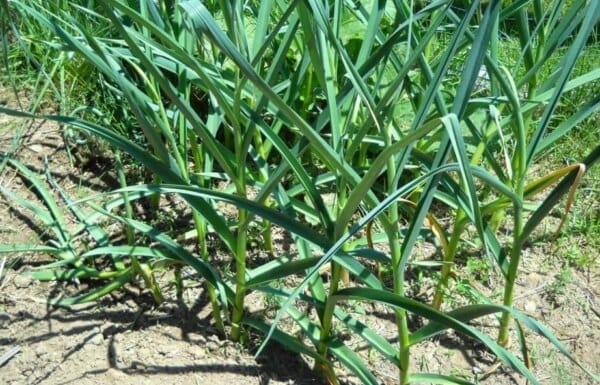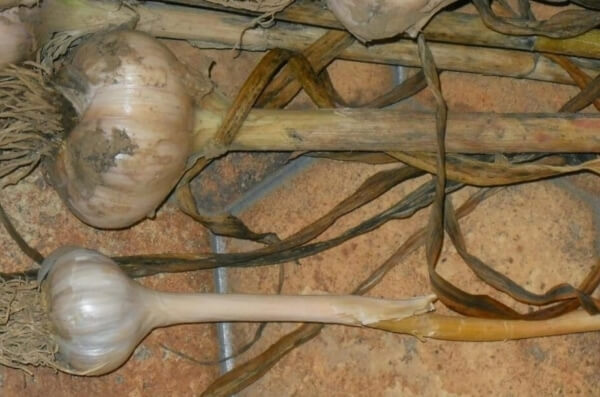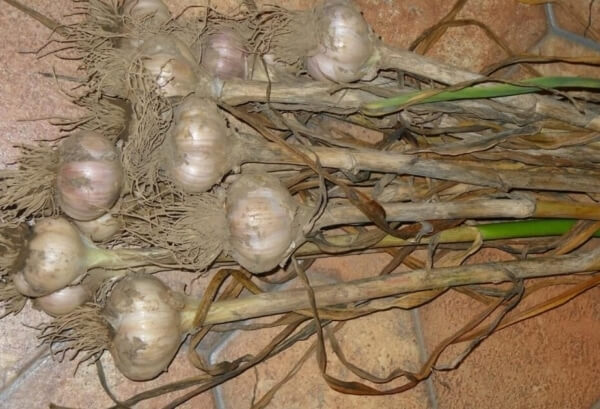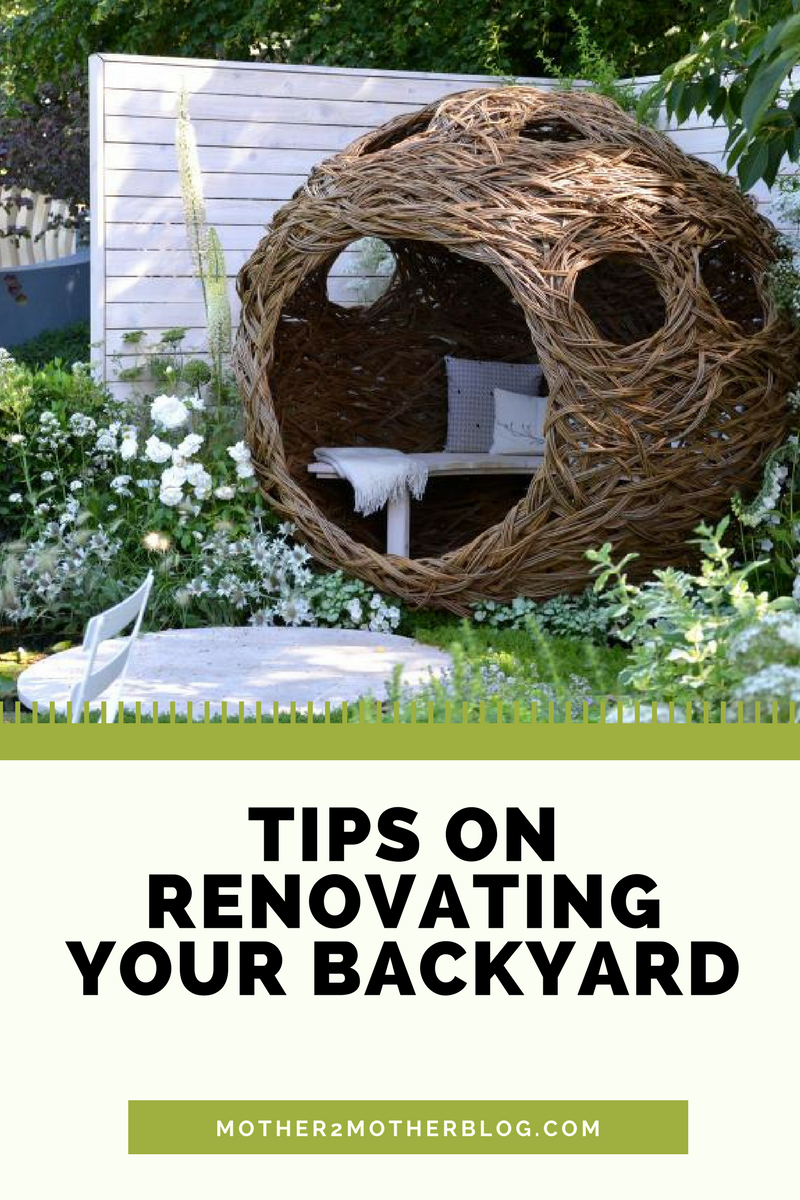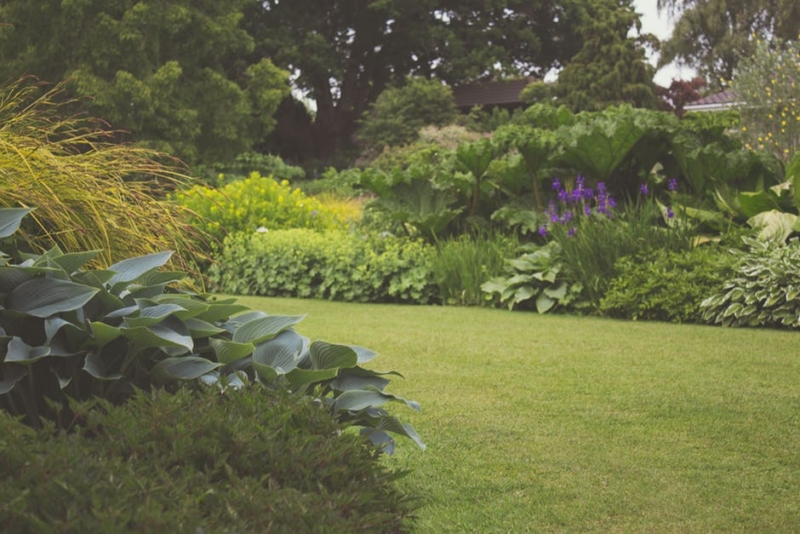Today, I’m sharing gardening tips on how to grow radishes. Radishes are the perfect vegetable for beginner gardeners. Actually, they are one of the easiest vegetables to grow. I love radishes on vegetable trays, in salad or just to snack on. Spicy radishes are what I crave. However, there are 35 varieties of radishes for you to choose from to satisfy your taste buds.
Besides being delicious, another reason to grow radishes is you can reap the benefits from two sowings. One in the spring and one in the fall.
Radishes provide great health benefits like antioxidants, calcium and potassium. Furthermore, they can also help lower blood pressure.
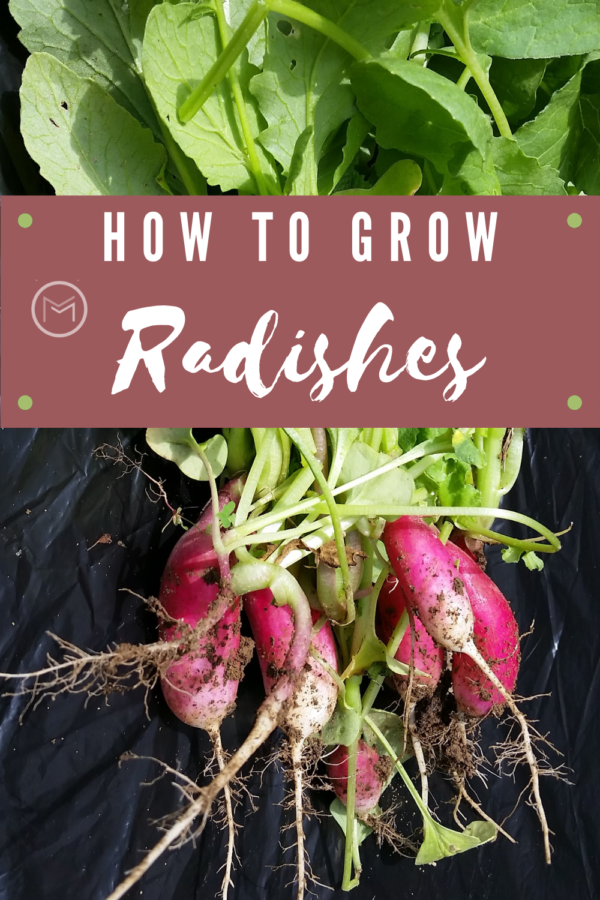
So, radishes are root vegetables and belong to the Brassicaceae family. The Brassicaceae family includes cabbage, cauliflowers, collard greens, turnips, and beets to name a few. Radishes originated in Egypt. It gets it’s name from the Latin word root. Radishes are loved by many, Americans eat approximately 400 million pounds of radishes each year.
Varieties of Radishes:
- Cherry Belle
- French Breakfast
- Gourmet Blend
- Fire and Ice
- Pink Beauty
- Black Spanish
- White Icicle
- Easter Egg
- Purple Plum
- Daikon
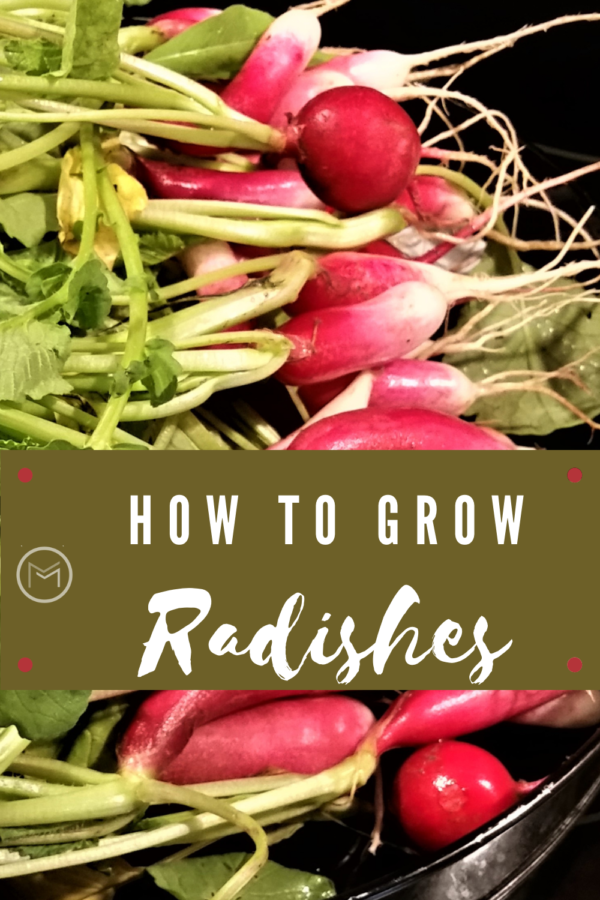
These radishes can be grown in a variety of containers. They can be grown in raised beds, flower pots, baskets, colanders, galvanized tubs or buckets. Personally, I plant them in rows in my garden.
If you decide to grow radishes in a container, make sure it is a least 6 inches deep.
How to Grow Radishes:
- Spring and fall are the best time to grow radishes. Radishes prefer cool weather, so planting in April and or September is the perfect time to sow radish seeds.
- Add compost to your soil before you sow your seeds.
- Radishes are difficult to transplant; however, some gardeners have good luck transplanting them. Because they are very easy to grow, I recommend direct sowing your seed as a beginner gardener.
- Grow radishes in full sun or partial shade. (They should be get at least 6 hours of sun a day).
- Avoid growing radishes next to potatoes, turnips or broccoli and the herb hyssop.
- Not thinning radishes can stunt their growth. So, be sure to thin the radishes so they are an inch apart. You can simply pull or clip the radish seedlings you want to remove.
- Hot weather will cause radishes to bolt. Once radishes bolt, they become bitter, woody and not at all tasty. How do you know when you plant has bolted? It will start flowering and attempting to set seed. You can continue to let the plant bolt and go to seed if your radishes are heirloom plants. Simply let the plant grow and produce seed pods. When the pods turn brown and hard harvest the seed and plant them later.
- Water regularly. Make sure your radishes receive at least an inch of water weekly. When your radishes don’t receive enough water, they tend to crack or split. You can use a soaker hose to water deeply when you’re pressed for time.
- Harvest your radishes timely. Otherwise, they will become tough because they’ve been left in the ground too long.
- Harvest radishes within 30 to 45 days. Be sure to read the package to ensure they are harvested timely.
- If radishes are about an inch out of the ground, they are ready to harvest.
- When warmer weather hits in June, you should have already harvested your radishes.
I hope that you enjoyed my post on on how to grow radishes. Last, if you missed your chance to plant in the spring, plan a fall harvest. Home grown radishes are so much tastier than store brought varieties. You may also like: Spring Vegetables for Zone 6B. Check out the Health Benefits of Radishes too.
